HOW DOES OUR BRAINS RELATE WITH LEARNING?
Our 5 Brain Pillars deal with “how we learn” and determine our ability to acquire, retain and make use of the knowledge we gather. Knowledge is “what we learn” and represents academic content, study techniques and strategies etc. Recent brain scan research has shown that these 5 Brain Pillars are closely associated with the brain networks responsible for human intelligence (IQ). Hence, strengthening these 5 Brain Pillars means sharpening our intelligence. Our 5 Brain Pillars are Auditory Input System, Visual Input System, Sensory-Motor Output System, Attention Control System and Emotional Control System
These 5 Brain Pillars are important because whether you are learning to play golf, piano or solve a Math problem, they form the foundation of our “engine for learning”. For example, to be successful in the activities above, accurate listening (Auditory Input System) to the coach’s instructions, the tune of music from
the piano or the explanation from the teacher about the new Math concept is vital. Our Visual Input System further supports our listening as we watch the coach’s golf swing closely, look at the music scores line by line or study the Math diagrams the teacher has drawn on the blackboard. Our Emotional Control System keeps our anxiety at bay and our motivation high as we learn these tasks for the first time, so that our Attention Control System can work efficiently to keep us focused on the task at hand. Finally, we need our motor skills (Sensory-Motor Output System) to execute the new golf swing, manipulate our fingers swiftly on the keyboard to play the tune or control the pencil to copy the Math diagram accurately onto our workbook.
Understanding the strengths and weaknesses of these 5 Brain Pillars means understanding the health of our “learning engine”.



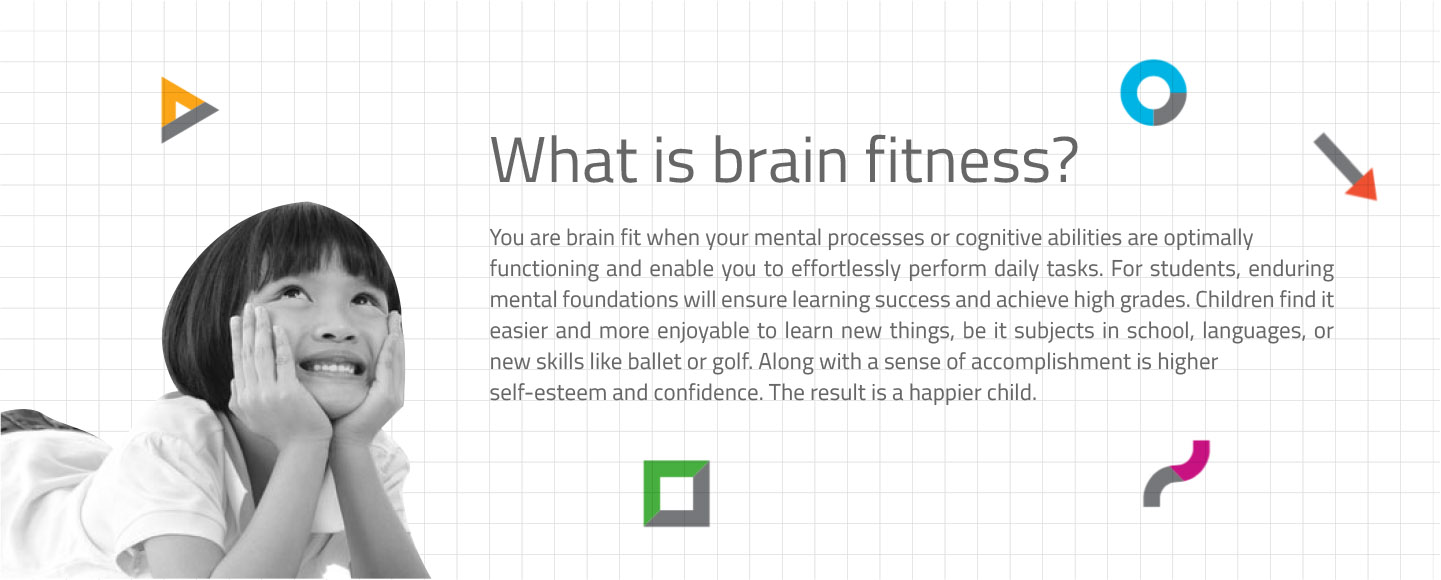

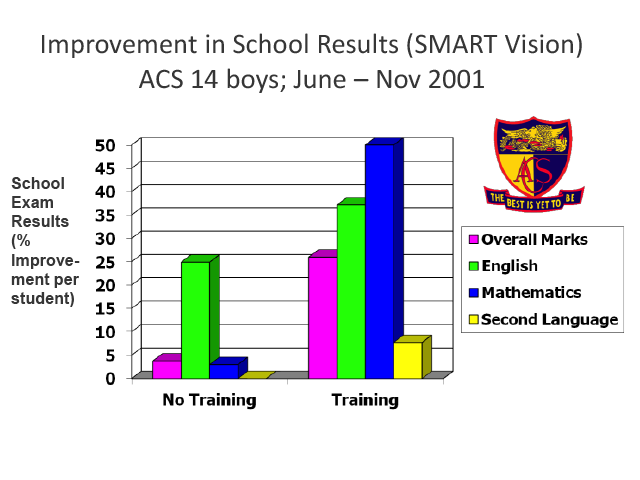
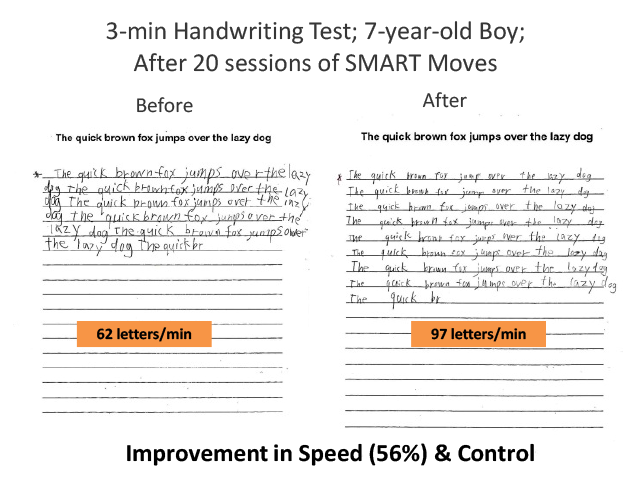



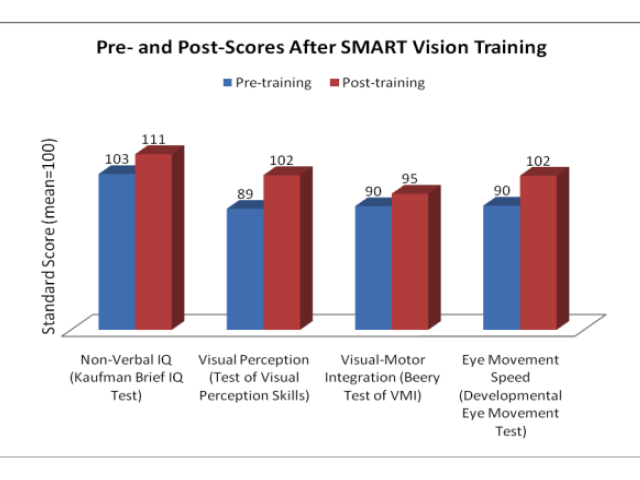
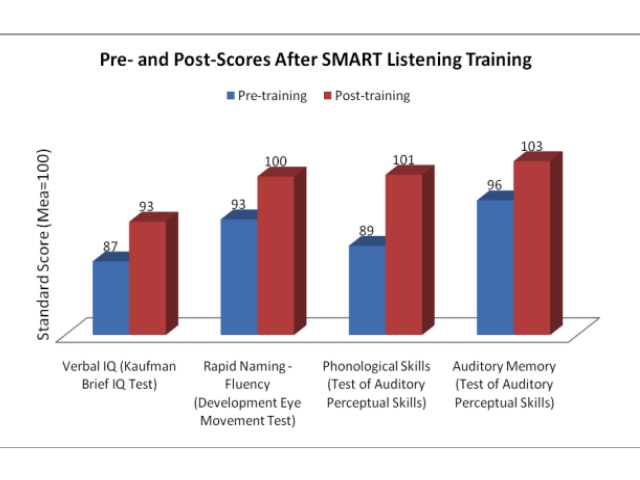
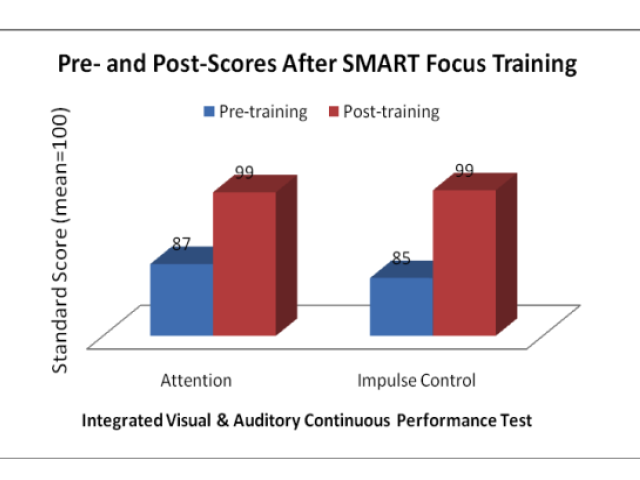
 BTS Ploenchit Station Exit 4
BTS Ploenchit Station Exit 4